June 9, 2025 - Ross Video Team, Insights & Resources
Why Broadcasters Need Tech Partners Built for the Long Haul
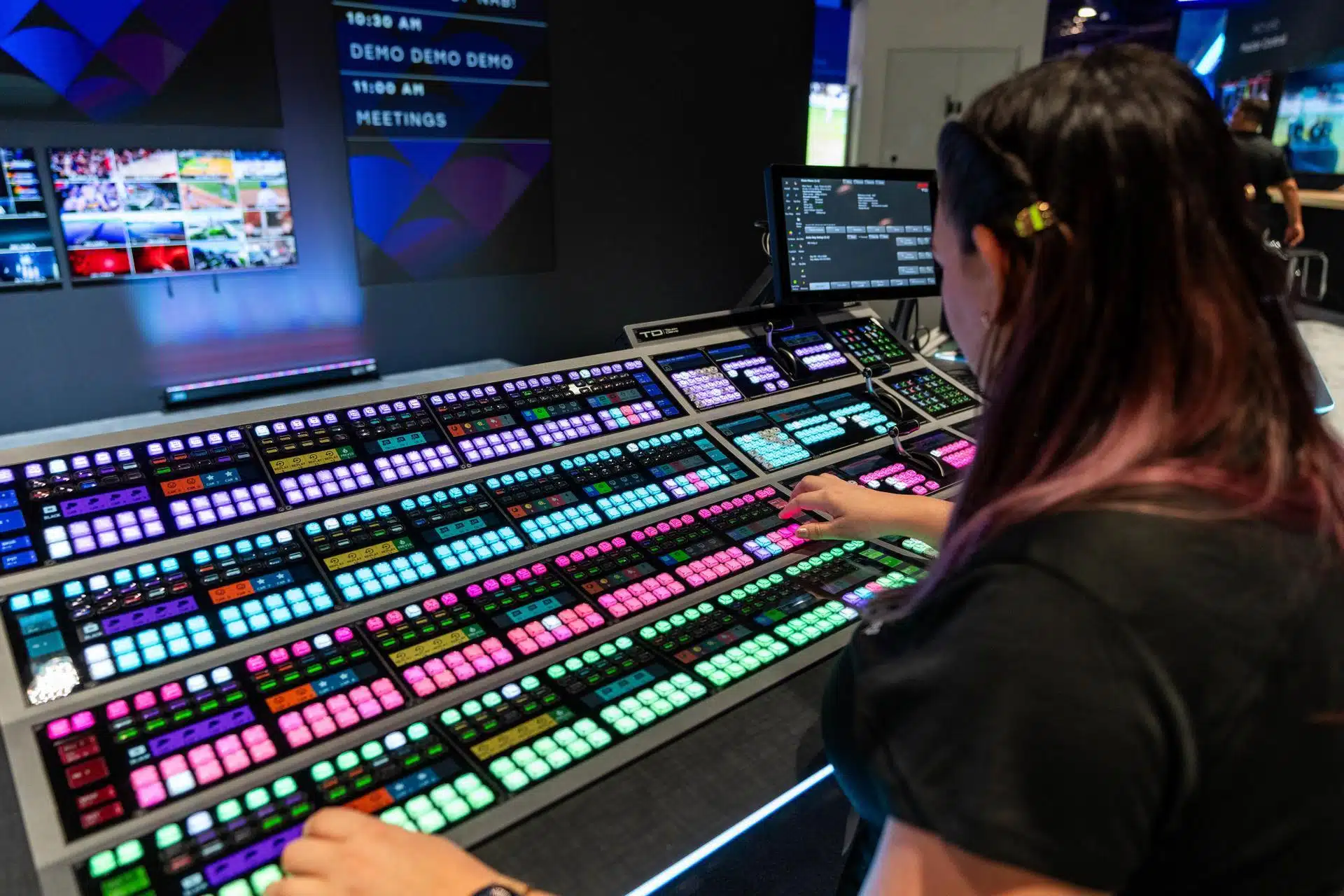

Stability is crucial in live broadcasting and production. It can make or break a company’s reputation, leading to either gains or losses in viewership and trust. Picture this scenario.
A major broadcaster—let’s call them CBB—is preparing for a highly anticipated live interview with a major public figure. The marketing for the event has been stellar, and they’re predicting more than five million live viewers—with additional reach expected through edited on-demand content afterward. Just as the pre-show countdown begins, the production teams run into a snag—a critical piece of equipment they use for broadcasting across channels malfunctions. Even worse, the vendor responsible for support on that equipment is MIA.
In the chaos that ensues, broadcasts to critical channels are delayed, advertisers on those channels are furious, and the broadcaster’s reputation ultimately takes the hit. This is something of a worst-case scenario, but it highlights the high-stakes nature of live broadcasting and production. It really puts the importance of choosing the right technology partner into focus.
As you know, broadcasting operates at breakneck speed, and even a brief disruption can result in cascading consequences—lost viewership, damaged advertiser relationships, and costly recovery efforts.
Many companies underestimate how much vendor instability can magnify these risks. Lost advertising dollars alone can cost in the tens to hundreds of thousands of dollars alone, with financial losses climbing even higher during critical live events like the one mentioned above. Add in the blow to trust and future viewership, and you have a cacophony of bad news for the broadcaster.
Stability is critical in this environment—both long-term and for specific events. This article will explore why long-term stability in vendor relationships is not just a luxury but a necessity. We’ll examine the risks of volatile partnerships, the benefits of working with trusted, reliable vendors, and the key traits to look for when evaluating potential partners.
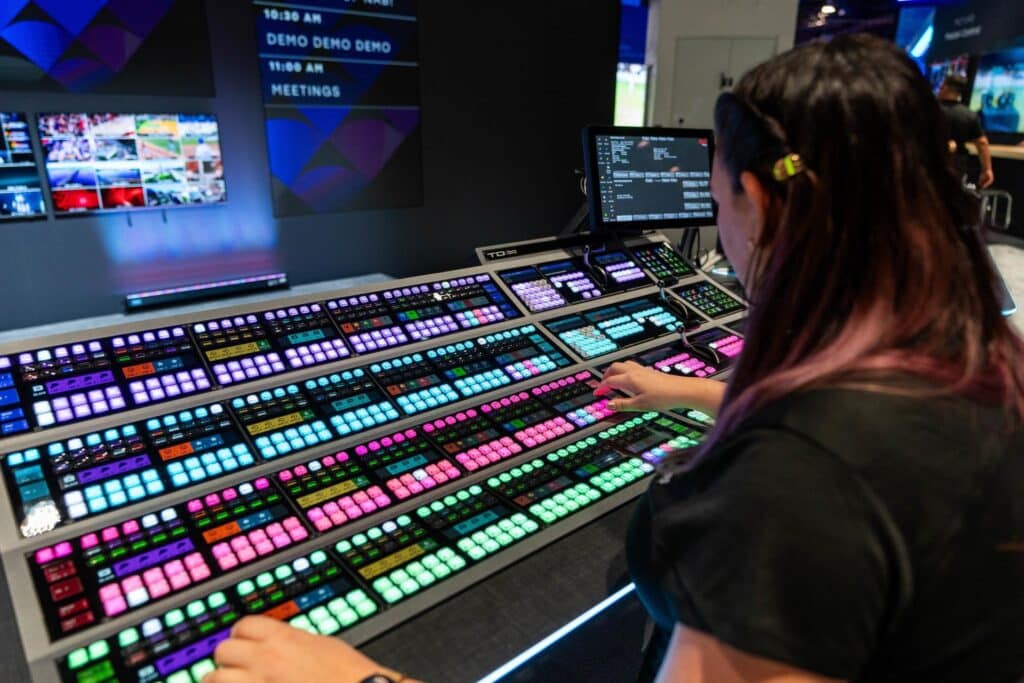
Operational trust and stability are non-negotiable in broadcasting and production. This ensures that teams can confidently plan for high-traffic events, and reliably innovate and expand their production capabilities.
Vendor instability—whether due to short-term revenue priorities, rushed product releases, poor quality control, high staff turnover, or inconsistent support—undermines this capability and hampers growth. If the broadcaster is constantly worried about the reliability and stability of its infrastructure, it’s less likely to try new things and extend its production capability.
These challenges create hidden costs that ripple through the production and broadcasting process, ultimately increasing inefficiencies, exacerbating financial burden, and throttling innovation.
Here are three examples of vendor instability, and how each one negatively impacts the broadcasting company.
One of the most critical consequences of vendor instability is the risk of unplanned downtime.
For broadcasters, even a brief outage during a live event or news broadcast can result in significant losses. Beyond lost advertising revenue, these interruptions erode viewer trust and damage a broadcaster’s credibility.
A dependable vendor ensures systems are built for uptime, with robust redundancy and failover mechanisms to keep operations running smoothly, even in high-pressure scenarios.
Keep reading: The Importance of Reliability in Critical Broadcast Operations
Another hidden cost comes from vendors that experience high turnover or lack a stable, dedicated support team.
When support personnel—or processes—frequently change, customers are left with representatives who lack the technical understanding of their workflows or systems. This disrupts the continuity of service and forces broadcasters to repeatedly onboard new vendor contacts, diverting valuable time and resources away from production.
Vendors with a short-term revenue focus often fail to provide consistent updates or long-term product support. As a result, broadcasters may be forced to operate with outdated tools that can’t adapt to the latest industry standards or new platform requirements.
This lack of innovation and scalability can result in operational bottlenecks and production delays, ultimately affecting viewer experience and revenue.
Keep reading: Why Today’s Broadcasters Rely on Quality and Performance to Stay Ahead
These individual issues accumulate, leading to inefficiencies, increased operational costs, and missed opportunities to extend production and broadcast capabilities.
Broadcasters need trusted technology and vendor support. Without it, the inability to respond to new demands or unexpected challenges can result in a lost competitive advantage. Moreover, frequent disruptions increase the overall cost of operations, whether through emergency fixes, downtime recovery, or staff overtime.
To thrive in this high-stakes environment, broadcasters must prioritize partnerships with vendors who provide stability, consistency, and a commitment to long-term success. Reliable partners ensure seamless transitions during upgrades, consistent support for new technologies, and the resilience needed to meet the challenges of an evolving industry.
Selecting a technology partner is more than a transactional decision—it’s a strategic partnership that can influence long-term success.
Vendors with a history of stability and longevity aren’t just solution providers—they become trusted partners. Over time, these long-term relationships build cross-company trust, shared institutional knowledge, and a deep operational rhythm that makes it easier to innovate, solve problems, and grow together.
A long-term vendor relationship means the provider deeply understands your specific operational workflows. This familiarity reduces the learning curve when onboarding new tools or systems, empowering teams to focus on innovation rather than troubleshooting. Vendors that prioritize customer-specific training programs further shorten these transitions, boosting efficiency.
With this stability also comes greater and more reliable support. The longest-standing vendors likely focus on customer success—that’s why they can stay in business for so long. This focus on customer success manifests through highly reliable support and product teams that broadcasters can lean on—whether they need expert help or confidence that their tools are built and maintained by people who understand the industry
Long-standing vendors also tend to maintain a steady workforce, reducing the chances of frequent personnel changes. This stability helps to build institutional knowledge and technical expertise, which ultimately manifests into more cutting edge solutions that push the industry forward, rather than reacting to changes after they’ve occurred.
The benefits of a stable vendor go beyond reliable technology. Stability is built through a deep understanding of the industry, and is ultimately the foundation on which innovation, efficiency, and growth can occur.
Choosing a vendor with a strong track record, therefore, ensures your broadcast business has the support it needs to meet today’s challenges and seize tomorrow’s opportunities.
The benefits of having a stable broadcast technology partner are clear. But it may not always be clear which vendors you talk to actually have the level of stability and reliability that your organization needs.
To help, here’s a list of five traits to look for when considering a long-term technology partner.
Choose a partner with a long history of delivering reliable solutions in the broadcast industry. Look for that story on their website and sales material.
Vendors with a proven track record have demonstrated resilience and adaptability in the face of new industry demands. Their experience ensures they can support your business with tried-and-true strategies while anticipating future challenges. Longevity in the industry is a strong signal that they know how to deliver under pressure and across various production environments.
The best partners put their customers at the center of everything they do. Look for vendors prioritizing building strong, long-term relationships by tailoring their solutions to your needs.
A customer-first approach means they actively listen to your challenges, provide personalized support, and invest in your success. Long-standing customer testimonials and case studies are excellent indicators of this commitment.
To confirm, actively ask about customer success and support during discovery calls, and pay attention to how the company talks about their customer focus in sales and marketing materials.
Keep reading: The Critical Role of Customer-Driven Broadcast Innovation
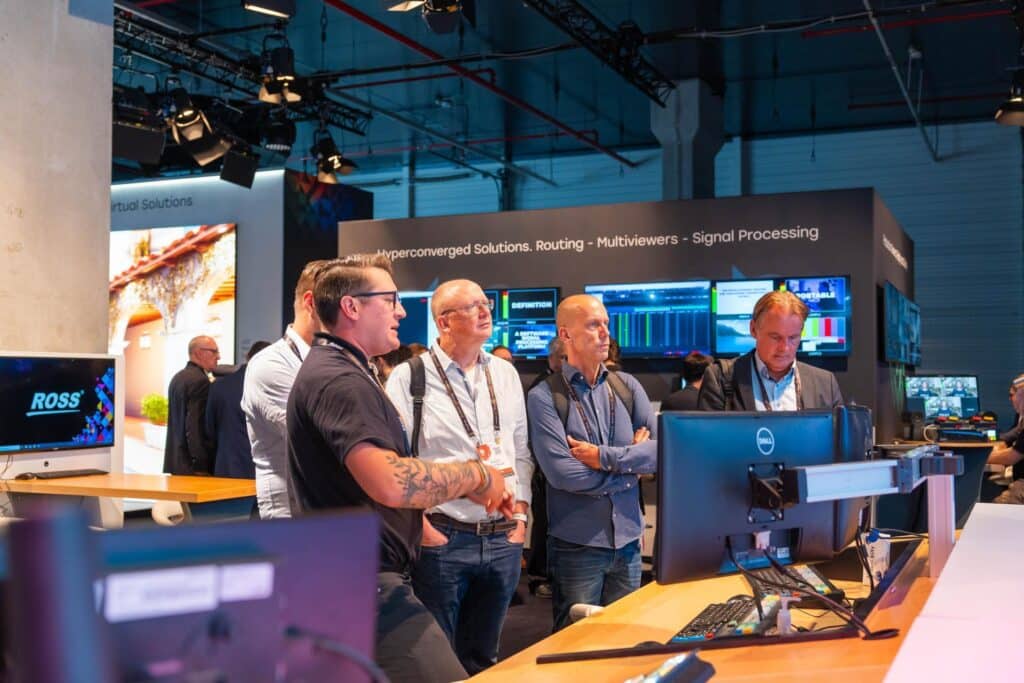
Vendors with stable leadership and ownership structures are less likely to undergo disruptive changes like mergers, acquisitions, or restructuring.
Consistency at the top ensures a clear vision and continuity in service, minimizing risks to your operations. Stability also signals a long-term focus on the business and its customers, rather than a short-term drive for profit.
A company’s internal culture directly impacts its ability to provide reliable service. Vendors that foster employee retention and invest in skill development maintain knowledgeable and consistent support teams.
This stability reduces the chances of service disruptions caused by high employee turnover. Strong company culture ensures that your partner is focused not just on delivering technology but on building trust and accountability.
To assess culture, look at how the company positions itself as an employer and innovator—and if possible, talk directly to employees. Ask how long they’ve been with the company and how they’d describe the culture. First-hand insight can reveal a lot about what day-to-day partnership will really feel like. Is there significant air time given to development opportunities in their job posts and careers pages? Do they have dedicated content on their website related to innovation and industry engagement? If they do, these are signs that the company likely takes culture building seriously.
Broadcasting technology is rapidly developing, and your partner should keep pace.
Look for vendors that prioritize innovation and offer scalable solutions designed to grow with your business. This commitment to improvement ensures that your technology stack won’t become obsolete and allows you to adapt seamlessly to future trends or market demands.
During discovery calls, ask sales reps about the company’s recent product updates and how their solutions have advanced over time. A strong history of regular enhancements is often the clearest sign of a vendor committed to innovation. Look for companies that are actively striving to be at the forefront of the industry, and those that have a proven track record of doing just that in a reliable and scalable manner.
Keep reading: Why Flexibility is Essential for Broadcast and Live Production Success
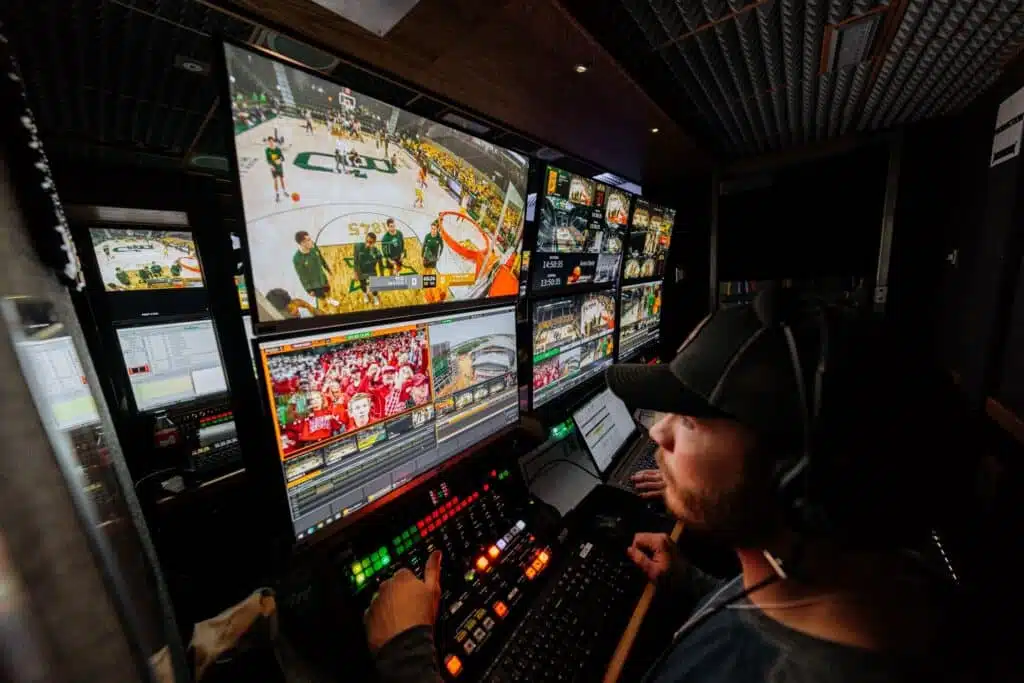
While cost is always a consideration, focusing solely on price often leads to hidden expenses, such as insufficient support or unreliable systems.
Instead, evaluate potential vendors based on their culture, history, and customer feedback. A trusted partner with these five traits will provide the stability, innovation, and support needed to secure your long-term success.
In live broadcasting, success hinges on partnerships built on trust, reliability, and long-term stability. Unreliable vendors can lead to costly disruptions, lost viewership, and damaged reputations—risks broadcasters can’t afford.
Choosing a vendor with a proven track record, transparent business practices, and a commitment to long-term success is essential. By prioritizing stability in vendor relationships, broadcasters can confidently tackle today’s challenges while seizing future opportunities without compromise.
Upgrading your production tech stack is crucial for improving workflows, enhancing content quality, and staying competitive. But how do you ensure a smooth transition without downtime or operational disruptions?
To help, we’ve created a comprehensive guide that explores the challenges of production technology upgrades and offers actionable strategies for achieving continuity throughout the process.
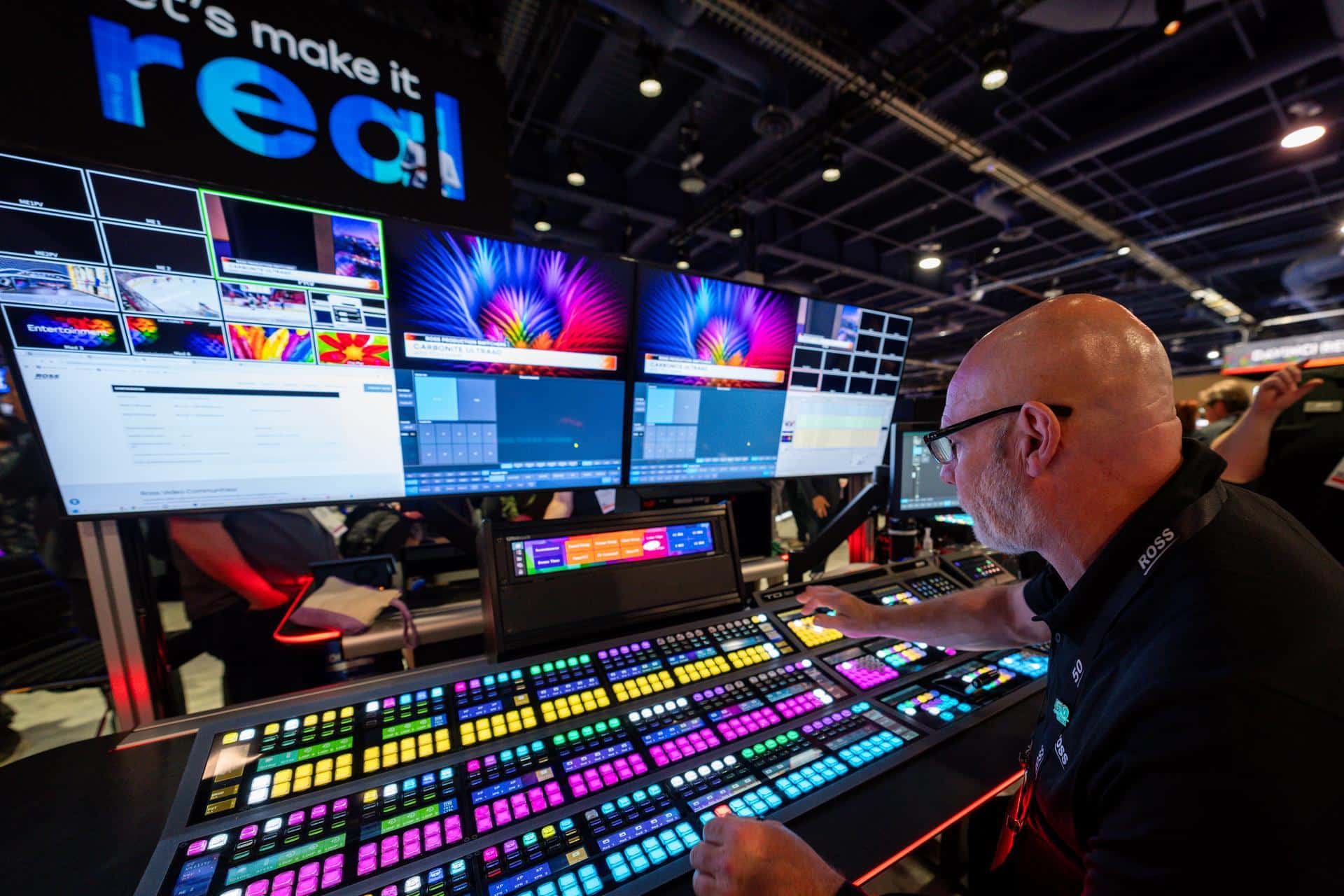
Trust in your broadcast technology partner isn’t a luxury; it’s a financial and operational necessity. When every second on-air impacts a broadcaster’s success—for better or worse—vendor support …
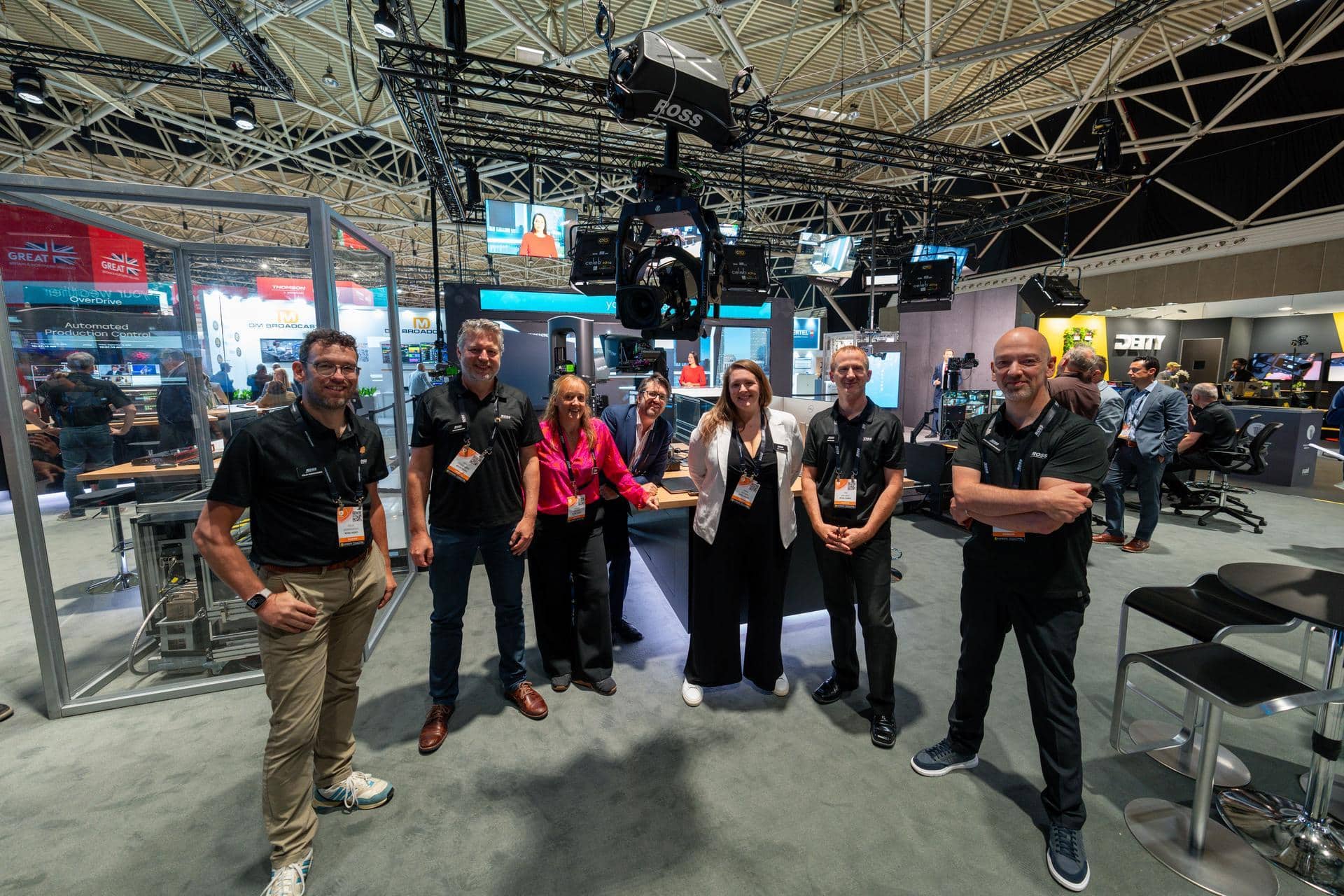
Trust in technology is a foundational element for broadcasters, particularly on the operational side of the business. While viewer loyalty and advertiser confidence are crucial, these are …

Broadcast technology is only as reliable as the people behind it. A vendor can promise cutting-edge solutions in their marketing and sales decks, but without deep industry …
Your essential guide to navigating live video production technology upgrades and replacement.